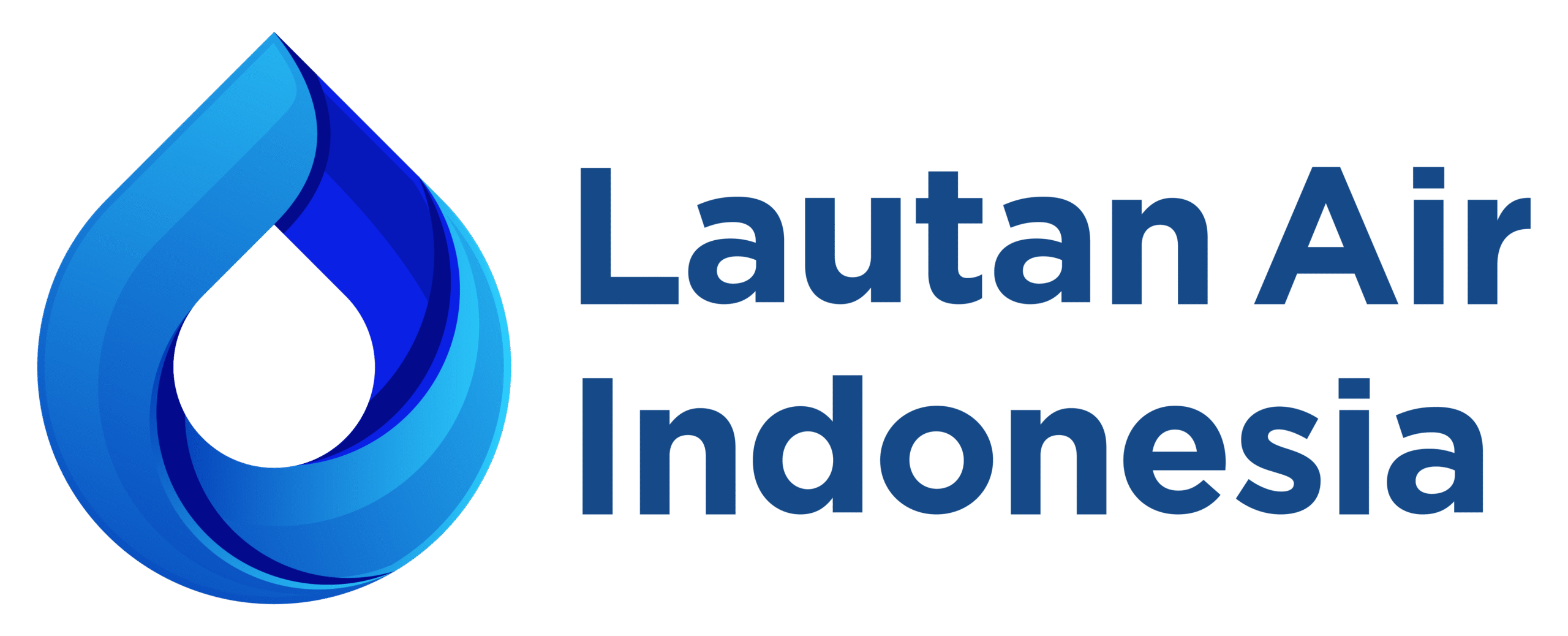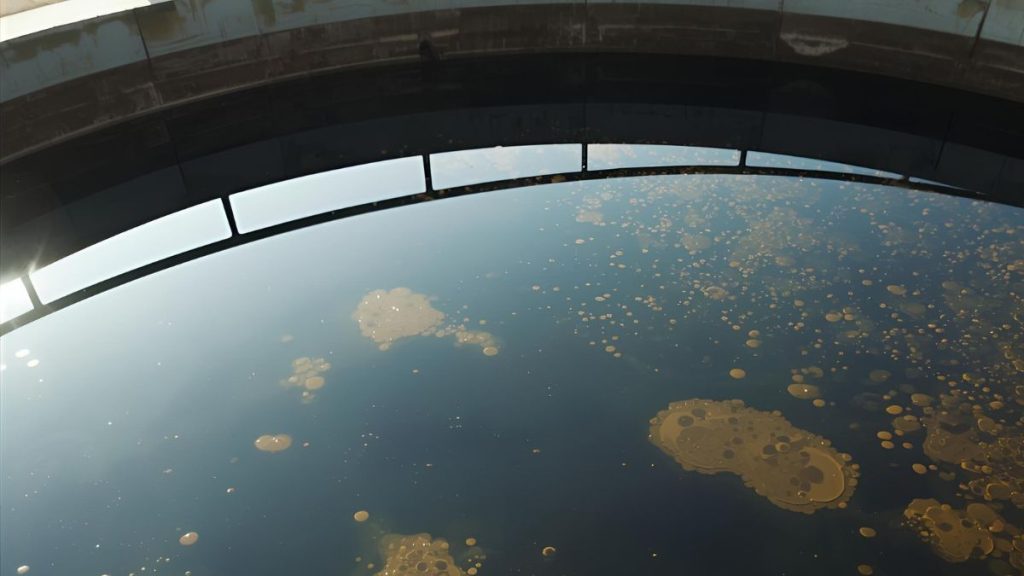In industry, particularly those in the oil and gas, petrochemical, metal manufacturing, and food processing sectors, liquid waste containing oil, also known as oil-in-water emulsions, is a common and complex challenge. These emulsions form when oil particles mix with water and create a stable suspension that is difficult to separate using conventional methods.
To address this issue effectively, industries must apply the right methods to treat emulsion oil in water, ensuring both compliance with environmental regulations and the maintenance of operational efficiency while reducing the risk of water pollution.
Types of Oily Waste
Before discussing treatment methods, it’s important to understand that oily waste comes in several different forms. Each type requires a specific treatment approach for effective separation:
1. Free Oil
This type of oil has large particle sizes (>150 microns) and typically floats on the surface of the water. Due to the difference in density between oil and water, free oil is relatively easy to separate using mechanical methods such as the API Separator.
2. Dispersed Oil
Oil particles are small (20–150 microns) and dispersed throughout the water volume. To separate them, flotation technology or the use of chemical additives is often required.
3. Emulsified Oil
This is a more difficult form to separate because the oil particles are very small (1–20 microns) and are stabilized by the presence of surfactants or mechanical agitation during the production process. Handling requires a combination of chemical and mechanical treatments.
4. Oil-Wet Solids
These are solids coated with oil and are difficult to separate using filtration alone. They usually originate from the washing or production process.
5. Dissolved Oil
Oil molecules are dissolved in water, making them visually invisible and unable to be separated using conventional physical methods.
Read Also: How to Overcome Fat and Oil Accumulation in Wastewater Treatment Plants?
Ways to Treat Emulsion Oil in Water
Effectively handling oil-in-water emulsions requires an integrated approach involving chemical and mechanical technologies. There are two main approaches:
1. Chemical Treatment
Chemical treatment is crucial for breaking down emulsion stability, allowing oil to be separated from water. Commonly used chemicals include:
- Cationic Coagulants: Effective in disrupting the surface charge of oil particles, thus facilitating their aggregation into larger flocs.
- Organic and Inorganic Coagulants: Materials such as PolyDADMAC, PAC (Poly Aluminum Chloride), and ferrous sulfate are used to bind oil particles and form heavier flocs.
- Blended Coagulants: A combination of organic and inorganic chemicals for more efficient results.
- Starch-Based Coagulants: An environmentally friendly alternative that is effective in several industrial applications.
- Iron-Based Coagulants: Provide dense, easily settleable flocs, suitable for applications with high emulsion rates.
The use of these chemicals is usually followed by a flocculation and physical separation process, resulting in cleaner, safer wastewater for discharge into the environment.
Read Also: Ensure Water Quality with the Right Water Treatment Chemical
2. Mechanical Treatment
After the emulsion stability has been broken through a chemical process, the next step is to separate the oil from the water using a mechanical system. Some commonly used technologies include:
- DAF (Dissolved Air Flotation): This system uses microscopic air bubbles to lift oil particles and floc to the surface, where they can then be mechanically swept away.
- IAF (Induced Air Flotation): Similar to DAF, but uses mechanical agitation to generate air bubbles that aid the separation process.
- CPI (Corrugated Plate Interceptor): This system utilizes corrugated plates to increase the efficiency of gravity separation. It is very effective for separating free oil.
- API Separator: This is a conventional gravity method used to separate free oil based on the density difference between water and oil.
Each method has its own advantages depending on the characteristics of the emulsion and the volume of wastewater being treated.
An Efficient Approach to Managing Oily Waste
As a leading water solutions partner with over four decades of experience, Lautan Air Indonesia offers a comprehensive approach to managing oil-in-water emulsions. We understand that there is no single solution to all problems, therefore we provide integrated services that include:
- System Consultation and Audit: We conduct laboratory water testing to identify the emulsion type, oil content, and other relevant parameters.
- Recommended Coagulant and Flocculant Formulas: We provide a wide range of treatment chemicals, including cationic coagulants, blended coagulants, as well as organic and iron-based options.
- Operations and Maintenance: Our technical team is ready to assist with the operation of your wastewater treatment system, including troubleshooting and periodic optimization.
- Operator Training and Education: To ensure sustainable treatment and compliance with quality and environmental standards.
Conclusion
Managing oil-in-water emulsions is a technical challenge that requires a thorough understanding of the type of oily waste and the appropriate treatment methods. The right approach involves a combination of chemical and mechanical treatments to ensure the oil can be efficiently separated from the wastewater.
Lautan Air Indonesia offers integrated solutions for your industry. With an extensive service network, supporting laboratories, a team of experienced chemists and engineers, and a comprehensive portfolio of chemicals and equipment, we are ready to help you achieve better, cleaner, and more sustainable water treatment standards.
Contact our team today to discover the best solutions for handling oil-in-water emulsions and treating your industrial wastewater.



